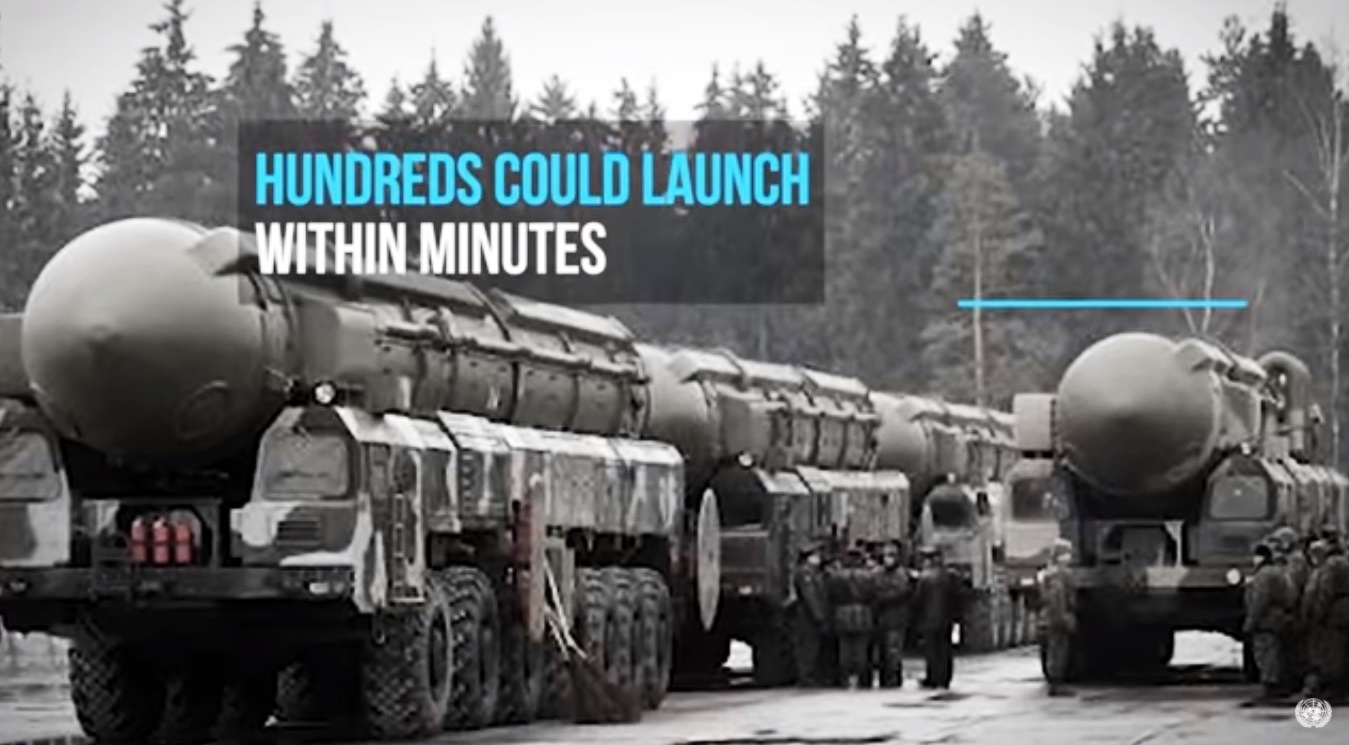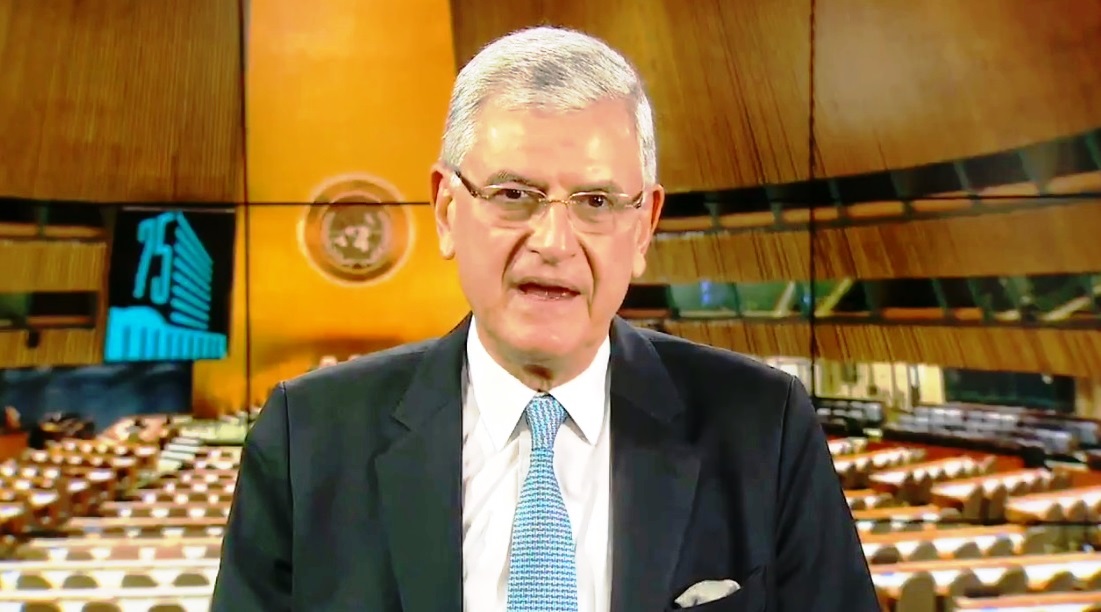More than half of the world’s population still lives in countries that either has such weapons or are members of nuclear alliances. While the number of deployed nuclear weapons has appreciably declined since the height of the Cold War, not one nuclear weapon has been physically destroyed pursuant to a treaty. In addition, no nuclear disarmament negotiations are currently underway
 KRC TIMES Desk
KRC TIMES Desk

By United Nations
Achieving global nuclear disarmament is one of the oldest goals of the United Nations. It was the subject of the General Assembly’s first resolution in 1946, which established the Atomic Energy Commission (dissolved in 1952), with a mandate to make specific proposals for the control of nuclear energy and the elimination of atomic weapons and all other major weapons adaptable to mass destruction. The United Nations has been at the forefront of many major diplomatic efforts to advance nuclear disarmament since. In 1959, the General Assembly endorsed the objective of general and complete disarmament. In 1978, the First Special Session of the General Assembly Devoted to Disarmament further recognized that nuclear disarmament should be the priority objective in the field of disarmament. Every United Nations Secretary-General has actively promoted this goal.
Yet, today around 13,400 nuclear weapons remain. Countries possessing such weapons have well-funded, long-term plans to modernize their nuclear arsenals. More than half of the world’s population still lives in countries that either has such weapons or are members of nuclear alliances. While the number of deployed nuclear weapons has appreciably declined since the height of the Cold War, not one nuclear weapon has been physically destroyed pursuant to a treaty. In addition, no nuclear disarmament negotiations are currently underway.
Frustration has been growing amongst the Member States regarding what is perceived as the slow pace of nuclear disarmament. This frustration has been put into sharper focus with growing concerns about the catastrophic humanitarian consequences of the use of even a single nuclear weapon, let alone a regional or global nuclear war.
The General Assembly commemorates 26 September as the International Day for the Total Elimination of Nuclear Weapons. It is the right place to address one of humanity’s greatest challenges; achieving the peace and security of a world without nuclear weapons.
In accordance with General Assembly resolution 68/32 and subsequent resolutions, the purpose of the International Day is to further the objective of the total elimination of nuclear weapons through enhancing public awareness and education about the threat posed to humanity by nuclear weapons and the necessity for their total elimination.
In so doing, it is hoped that these activities will help to mobilize new international efforts towards achieving the common goal of a nuclear-weapon-free world.
Additional Resources: Background | The International Day for the Total Elimination of Nuclear Weapons





